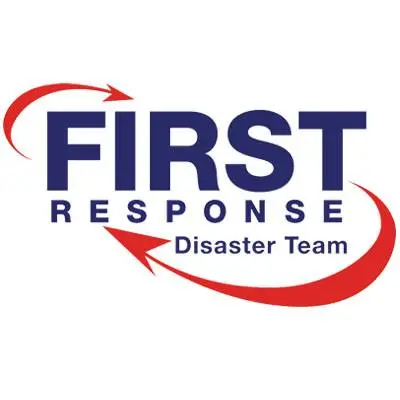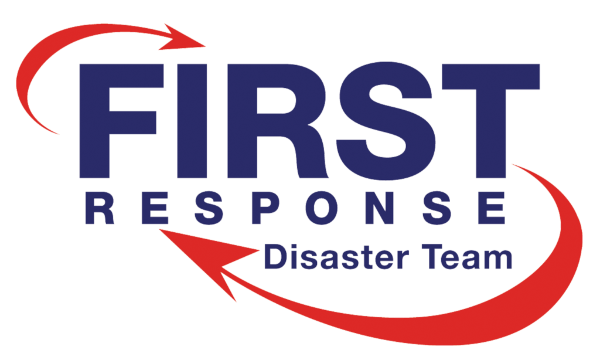How to Create a Systematic Plan for Tropical Storm Damage Cleanup
While many homeowners understand the destructive power of tropical storms, few are adequately prepared for the complex tropical storm damage cleanup process that follows. The truth is that creating a systematic approach to storm damage cleanup can dramatically reduce recovery time and prevent additional property damage.
At the First Response Disaster Team, we understand the challenges of post-storm restoration. We’ve compiled this guide to help you develop a comprehensive cleanup plan that addresses immediate concerns while setting the foundation for full recovery.
Understanding Tropical Storm Damage Complexities
Not all storm damage scenarios are created equal. While wind damage may be immediately visible, water intrusion often causes hidden destruction that compounds over time if not adequately addressed.
Tropical storm damage typically results from multiple factors, including storm surge flooding, wind-driven rain penetration, roof and structural damage from high winds, fallen trees and debris impact, power surge damage to electrical systems, and sewage backups from overwhelmed systems.
Understanding these underlying damage mechanisms can help you prioritize your cleanup efforts, but first, you need to recognize the full scope of the situation.
Essential First Steps After a Tropical Storm
Taking the right actions immediately after a storm can prevent thousands from additional damage and create a foundation for efficient cleanup. Focus on these critical initial steps:
- Safety Assessment: Your safety must come first during any disaster recovery. While the urgency to begin cleanup is understandable, specific hazards demand caution.
- Documentation Before Cleanup: Thorough documentation is essential for insurance purposes before moving or removing anything. Create comprehensive photo and video evidence of all damaged areas, make detailed inventory lists of damaged possessions, save samples of damaged materials when possible, and record all conversations with insurance adjusters and contractors.
- Water Extraction and Moisture Control: Standing water continues causing damage every hour it remains. Removing water quickly using pumps and wet vacuums, strategically deploying dehumidifiers and fans, removing saturated materials like carpeting and drywall, and checking for hidden moisture pockets in wall cavities are critical steps that must be prioritized.
Call the First Response Disaster Team for 24/7 emergency response to tropical storm damage. Our experts can be at your door within hours to begin water extraction and prevent secondary damage, such as mold growth.
Key Components of an Effective Cleanup Plan
Once immediate hazards are addressed, implementing these systematic cleanup approaches will ensure efficient recovery:
Organized Debris Removal
After a tropical storm, debris management becomes a logistical challenge requiring careful planning. Categorizing debris by type (vegetative, construction, household, hazardous), setting up designated collection zones away from drainage areas, following local regulations for disposal procedures, and coordinating with municipal pickup schedules or arranging private removal will streamline this process. Remember that improper debris placement in Louisiana and other Gulf states can block drainage systems and cause additional flooding during subsequent rainfall.
Mold Prevention Strategies
In warm climates, mold can grow within 24-48 hours of water exposure. Immediate drying procedures for all water-affected areas, appropriate antimicrobial treatments to susceptible surfaces, removal and replacement of saturated porous materials, and proper indoor humidity levels during cleanup are essential preventive measures.
Structural Drying and Monitoring
Proper structural drying requires scientific approaches rather than guesswork. Establishing effective airflow patterns with strategically placed equipment, monitoring moisture levels in materials with specialized meters, adjusting drying strategies based on daily moisture readings, and ensuring hidden areas like subfloors and wall cavities are completely dry will prevent long-term problems.
Systematic Restoration Sequencing
Efficient recovery requires logical progression through restoration phases. Beginning with structural repairs to ensure building integrity, addressing electrical and plumbing systems before closing walls, scheduling insulation replacement followed by drywall installation, and finishing with flooring, trim, and paint in appropriate order will prevent costly rework.
Why Choose First Response Disaster Team?
When faced with tropical storm damage, you need more than basic cleanup—you need comprehensive restoration services from professionals who understand the unique challenges of storm recovery.
Homeowners across Florida trust the First Response Disaster Team: We strategically position our emergency response teams throughout storm-prone regions to ensure rapid deployment after tropical events. We employ industrial-grade water extraction, drying, and dehumidification equipment designed for large-scale disaster recovery, giving you resources beyond typical restoration companies.
Additionally, our project managers handle insurance claims processes related to tropical storm damage with expertise, helping you maximize coverage and minimize out-of-pocket expenses.
Conclusion
Creating a systematic plan for tropical storm damage cleanup requires understanding the complex nature of storm damage, prioritizing immediate concerns, and implementing methodical restoration practices. Following these guidelines and working with experienced professionals can transform a chaotic disaster into an organized recovery process.
Remember that the hours immediately following a tropical storm are critical—your decisions during this window significantly affect the extent of secondary damage and the overall timeline for restoring your property.
At First Response Disaster Team, we’re committed to helping homeowners recover from tropical storm damage through comprehensive planning and professional execution. Our experienced teams are available 24/7 to respond to storm emergencies throughout Florida and Louisiana.
Don’t let tropical storm damage overwhelm you—develop a systematic approach, take strategic action, and trust professionals to guide the restoration process properly.

